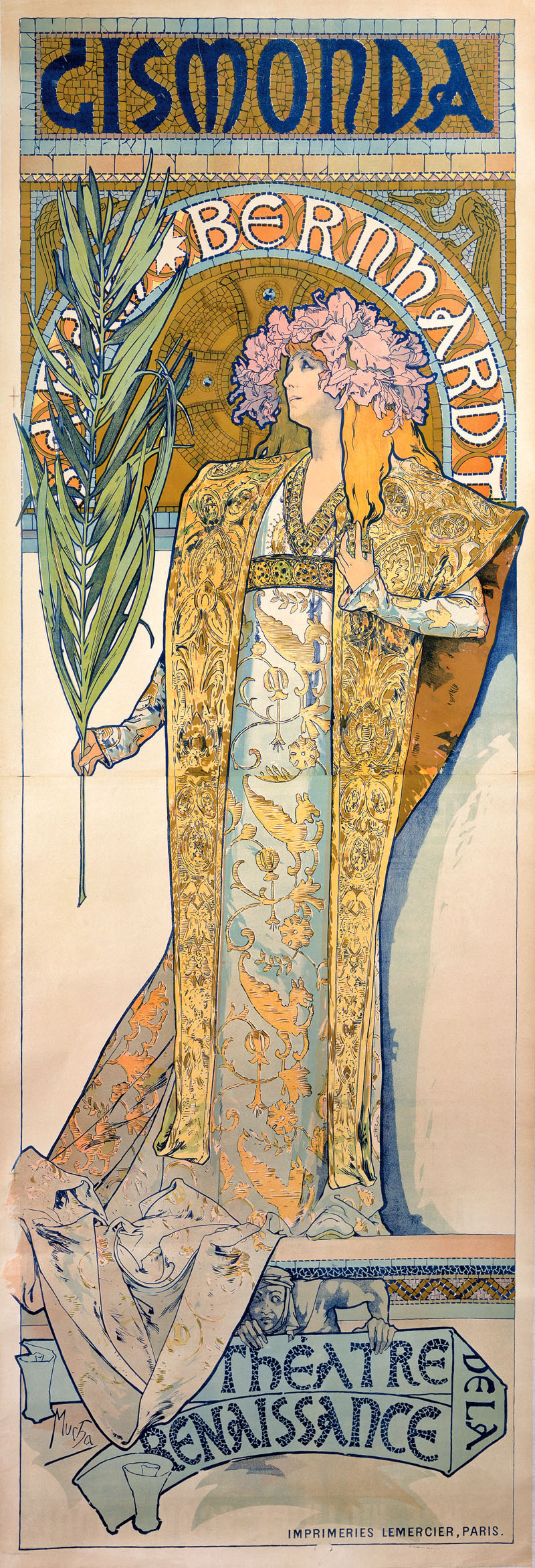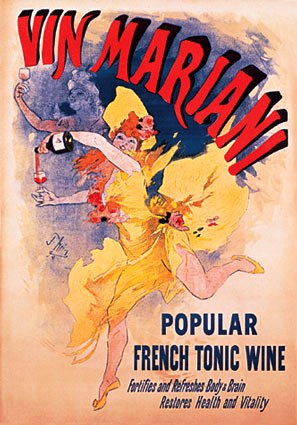Before the start of this course, I did not have a clear idea of how the different art movements came about and all of them just appeared to me as separate entities. Throughout these 4 weeks of graphic design history, I have a better understanding of how the different art movements are related to one another and how the modern graphic design came about. It also allowed me to understand the importance of typography in the world of graphic design as it was something that many people overlooked/could not understand.
With topics briefly touched on during class due to the constraint of time, I find it difficult to pick out a topic that I find especially interested in to explore deeper. Hence, I find myself trying to squeeze out something to write about for the weekly reflections. Despite so, I find that the reflections useful in allowing me to grow interests in the topics that I was researching on.
The quizzes have reinforced my knowledge of graphic design as it forces me to remember things that were shared in class. If possible, perhaps fewer questions can be tested on the names which were only introduced to us on the day of the quiz as it can be difficult to remember the similar names related to different design movements. Or maybe you can introduce some questions related to the visuals of the specific design movement.
Overall, I find that the history of graphic design has widened my exposure in graphic design and I think that has helped with my sources of inspirations in my works. So thank you Desmond for your effort!





